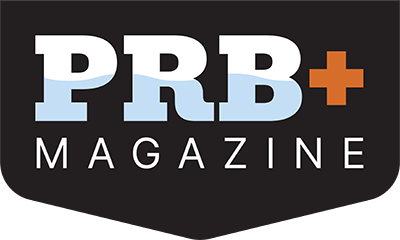Self-measurement tools for career success
Drew was a natural leader. From the time he was a young boy, people gravitated to his personality-driven initiatives. Whenever the teacher divided the class into smaller groups and told them to pick a leader, they always chose him.
He was class president in fifth and sixth grades, then elected captain of the safety patrol; the pattern continued through junior high school, high school, and college. After graduating with a double major in business and law, he found immediate employment in management and administrative roles in parks and recreation (in line with his job as a city recreation department worker during summers in his youth). He went on to earn his master’s degree in business, attending night school while maintaining his career path in parks and rec.
There he was: well-educated, leadership-capable, building equity in an industry he loved and feeling energized about the future. He then began a six-year stint with the Metropolitan Park District, choosing to work “crew jobs” out of the surveyor’s and engineer’s on-site trucks. Exercising theories of Deming (popularized by Japanese automakers in the 1970s), he felt that working on-site gave him the hands-on experience that would serve him well as he advanced. Deming’s theories held there were no elevators to the top, only staircases where each step was experienced. Then and only then would a leader be fully aware of the challenges, rewards, and tests waiting at each level, finally being capable of shaping and evaluating each contribution. So, even though he wasn’t sure where he fit, he knew the industry he favored and remained employed in related jobs (much as a future chef might work in diners as a short order cook in the years before formal training).


